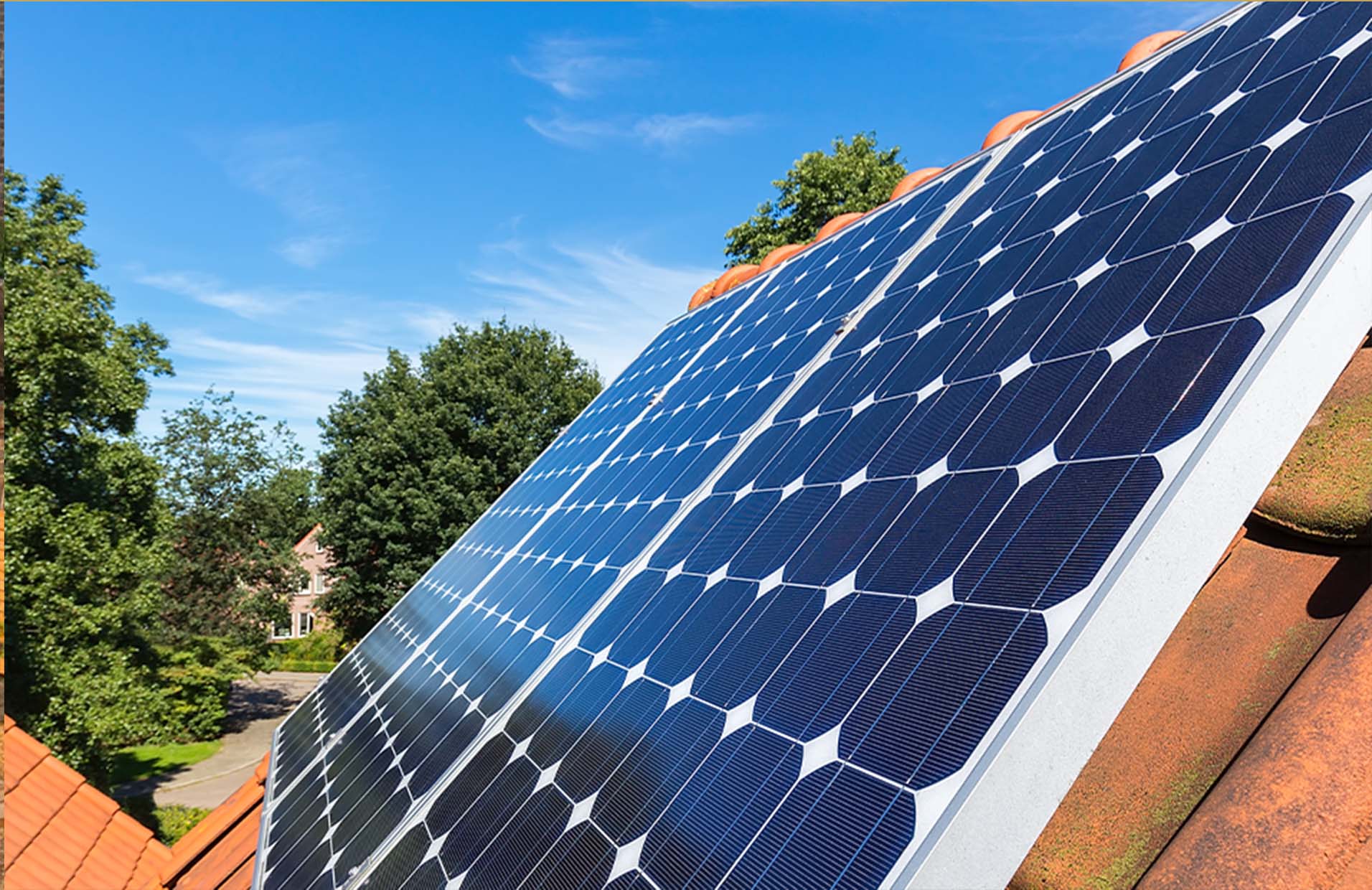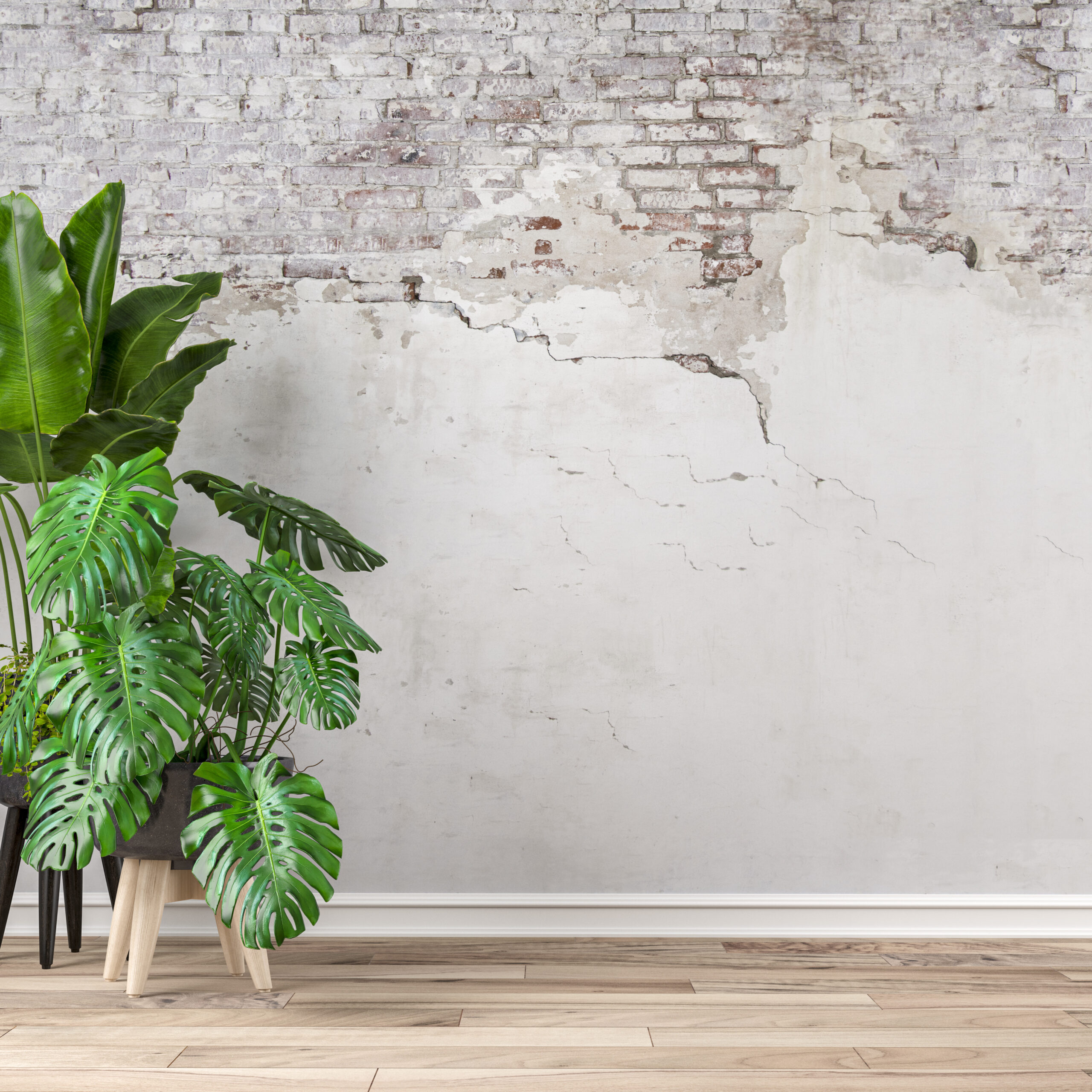Creating a bountiful garden doesn’t have to involve using harmful chemicals or making wasteful purchases. Instead, adopting easy do-it-yourself sustainable gardening techniques such as composting, mulching, and rainwater collection can have a much larger positive impact on the environment than one might think.
- Reduced landfill waste: Garden trimmings and food waste make up 30% of what we throw away. In the UK, around 68kg of food wasted at home each year per person ends up in landfills.
- Lowered carbon emissions: When organic waste is sent to landfills, it breaks down anaerobically, which produces methane. Methane gas is 28 times more effective than carbon dioxide at trapping heat in the atmosphere. By composting at home, we can reduce the amount of organic waste that ends up in landfills, therefore reducing our methane emissions.
- Improved soil health: Compost is a valuable soil amendment that can help to improve soil health and fertility. By adding compost to soil, we can increase the soil’s ability to retain moisture, reduce erosion, and support plant growth. This can help to reduce the need for synthetic fertilisers and pesticides.
- Reducing water usage: Is it time to rethink that sprinkler system? A standard garden hose or sprinkler can use 1,000 litres of water per hour, which is up to three times a household’s daily water usage! Compost and mulch help to improve soil structure and water-holding capacity, allowing the soil to retain moisture for longer periods – which can reduce your garden water usage by up to 50%.
– The easiest way to start: at-home composting 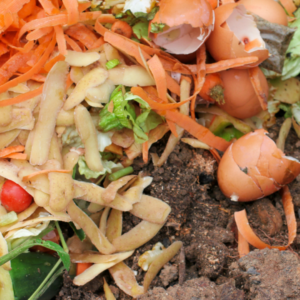
Composting is a simple and effective way to fertilise your garden and create healthier soil. We all collect our organic waste, so starting a compost pile should be a no-brainer. By simply collecting organic waste including leaves, grass clippings (and even pet fur), and allowing them to decompose over time, you can create a nutrient-rich soil amendment that can be used to fertilise your garden.
Our quick how-to guide:
Creating a compost pile is easy – choose a small, shaded outdoor area, put down a layer of twigs for drainage and start adding scraps. Our recycled whelk shells are also excellent for soil drainage. Maintenance is simple. Just turn the pile once a week with a shovel or pitchfork, and soon you will be rewarded with a nutrient-dense substance that can be mixed with normal soil to supercharge your garden’s growth. Not only does composting reduce waste, but it also helps to build healthy and fertile soil, reducing reliance on synthetic fertilisers. If you’re looking for a natural fertiliser while you kick-start your composting career, try our Natural Grower concentrate.
– What you didn’t know about mulching
Like composting, mulching uses natural products and organic waste to create healthier soil in an environmentally conscious way. Mulching involves adding a layer of hardy organic material, such as leaves, straw, or grass clippings to the soil surface. Not only does it help to conserve soil moisture and reduce soil erosion, but it also suppresses weed growth by growth by blocking sunlight and reducing competition for water and nutrients. As the mulch breaks down over time, it adds organic matter to the soil, improving soil fertility and structure. Mulching is a great way to make use of those woodier materials that don’t compost as readily and is a great natural source of nitrogen, so chemical products should entirely be a thing of the past.
Our quick how-to guide:
Begin by clearing any debris, weeds, and rocks from the garden bed. Then, spread a layer of mulch evenly across the soil surface of your garden and plants, making sure to avoid piling it too high around the plant stems. Aim for an average depth of around 3 to 5 inches (7 to 12cm). Remember to replenish the mulch layer regularly, as it 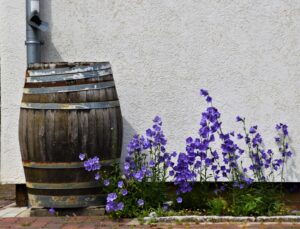 decomposes over time.
decomposes over time.
– Why we love rainwater harvesting
Rainwater or greywater collection has many benefits for your garden and the environment. By collecting and storing rainwater, you can reduce your reliance on municipal water supplies, which often require significant energy to treat and transport. Rainwater has a neutral pH and is free of contaminants, making it the healthiest choice for gardens as well as other uses.
Our quick how-to guide:
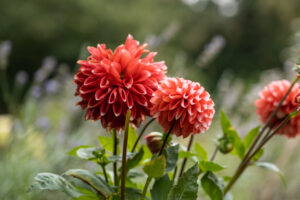 Starting rainwater harvesting is as simple as putting a collection container (with a mesh cover for filtration) under a gutter or downspout. Containers can be purpose-built, but creating one out of a reclaimed item like an old garbage bin is both a great DIY upcycling project and a sustainability bonus. The saved rainwater can be scooped out or run from a spigot in the container whenever your garden needs it.
Starting rainwater harvesting is as simple as putting a collection container (with a mesh cover for filtration) under a gutter or downspout. Containers can be purpose-built, but creating one out of a reclaimed item like an old garbage bin is both a great DIY upcycling project and a sustainability bonus. The saved rainwater can be scooped out or run from a spigot in the container whenever your garden needs it.
Healthy soil, happy planet! Take extra pride in showing off your garden this year, knowing that you did it all yourself AND made significant changes to how much waste your household produces.






